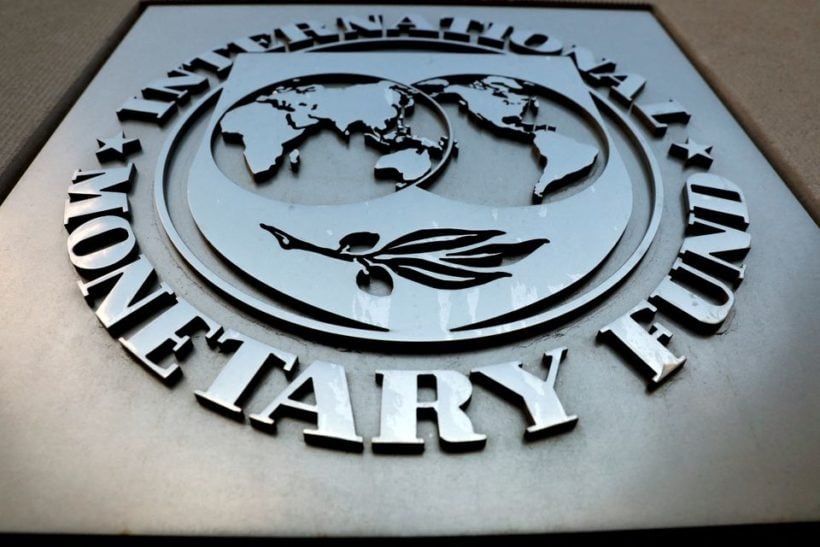
LONDON, Sept 6 (Reuters) – Zambia is seeking $8.4 billion of debt relief from 2022 to 2025, the International Monetary Fund said on Tuesday in a report on the first African nation to default on its debt in the pandemic era.
Zambia needs to bring down its debt service-to-revenue ratio to 14% by 2025 and then maintain that level on average until 2031, compared to 61% now, the IMF said. The report will form the basis of negotiations to restructure Zambia’s debts following its 2020 default.
Last week, the IMF approved a $1.3 billion, three-year loan to Zambia, whose debt restructuring is seen as a test case for the Group of 20 leading economies Common Framework process, which has been criticised for delays. Read full story
The fund said there were “sufficient assurances” from creditors and the government to bring its debt, which the IMF said reached 133% of GDP at the end of 2021, to a sustainable level.
Campaign group Debt Justice estimated that $8.4 billion of debt relief for 2022 to 2025 would represent 90% of scheduled payments to external creditors. It called for the debt to be cancelled permanently rather than rescheduled for payment in the 2030s.
TheIMF projected that Zambia’s debt-to-GDP ratio would fall to 104.7% by 2025, with annual growth expected to average around 4.5% until 2031. A budget surplus of 3.2% is targeted for 2025, compared to a 6% deficit last year.
“I expected a larger adjustment over the (three year) period of the IMF (programme),” Kevin Daly of Abrdn, who chairs a committee of holders of Zambia’s $3 billion of Eurobonds, said by email, referring to the debt forecasts.
But, he added: “There are no big surprises.”
Zambia’s external debt reached $20 billion at the end of 2021, the IMF said, or $16.8 billion after removing foreign holdings of local currency debt.
Restructuring local currency debt is off the table, the report said, as it could mean local banks needing bailouts.
Zambia had $1.3 billion of arrears to bilateral creditors at the end of 2021, the report said.
Zambia must now negotiate the specifics of debt relief with each of its many creditors.
(Reporting by Rachel Savage and Marc Jones; Additional Reporting by David Lawder in Washington, Chris Mfula in Lusaka and Anait Miridzhanian in Johannesburg; Editing by Estelle Shirbon, Angus MacSwan and Deepa Babington)

